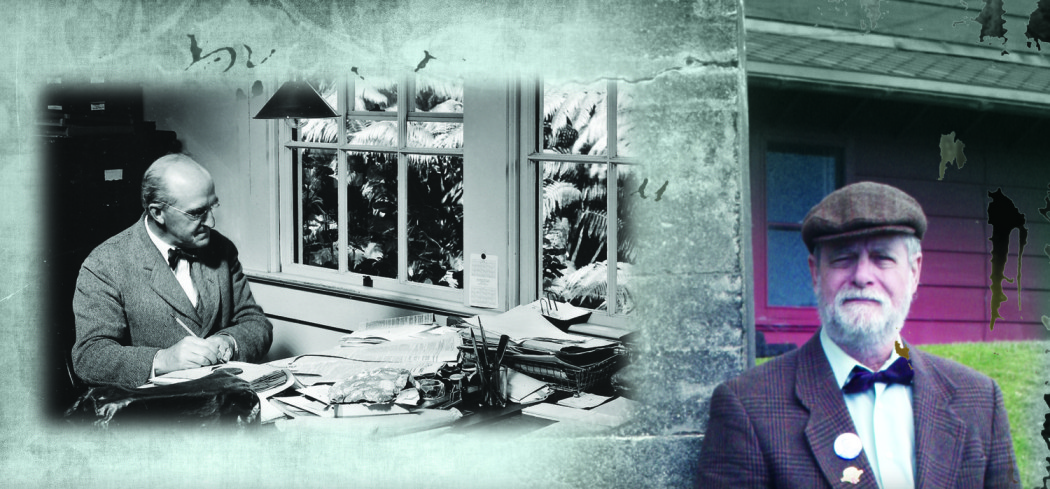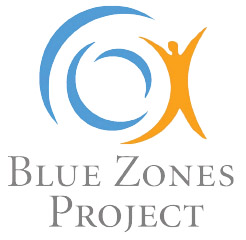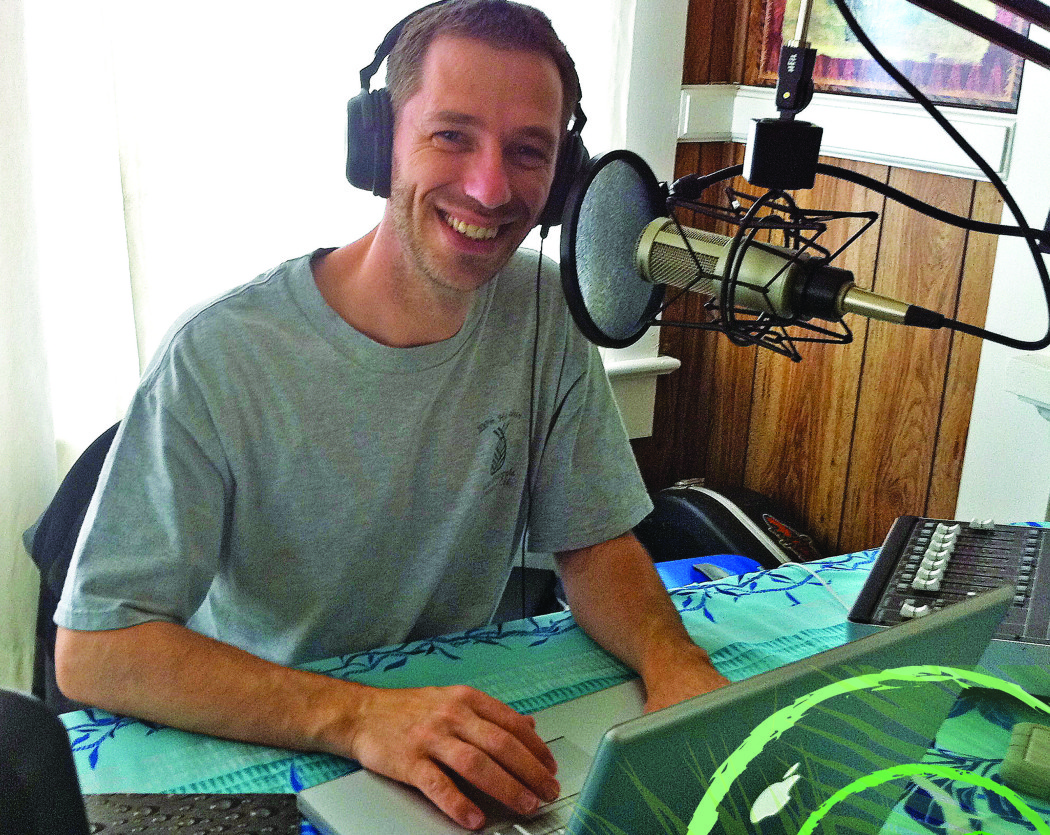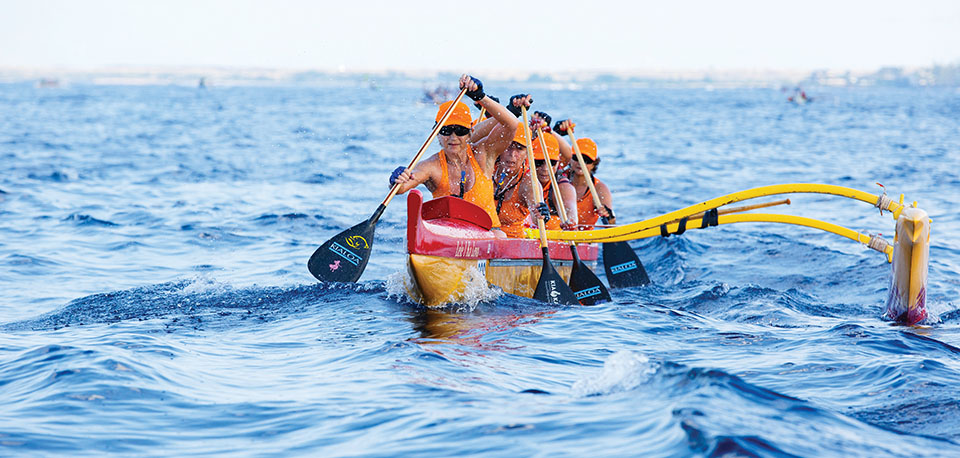
Wa‘a Hoena: Outrigger Canoe Paddling–Bonding through Lōkahi (Unity) and Mo‘olelo (Tradition)

By Alan D. McNarie
Septuagenarian (in his seventies) Rafael Ramirez still vividly remembers the first time he set a paddle in the water.

“I paddled out and saw the reef and saw the fish, and I paddled back and said, man, this is awesome,” he recalls. “The feeling of power that I felt, being able to self-propel in the ocean…I could feel it right here,” Rafael says, pointing between his eyes. “A real buzz. My third eye—it opened it. From that moment, I lived to paddle.”
Within a year, he was paddling in his first Queen Lilli‘uokalani—an annual long-distance canoe race through Kai ‘Opua Canoe Club, now in its 43rd year. On August 30, “God willing,” he says, he’ll be paddling his 40th race.
Rafael and the race have matured together. The Queen Lili‘uokalani race has grown from a single 1971 race featuring eight canoes into the world’s largest long-distance paddling event, with 150 or more canoes from myriad islands and three continents. The events now stretch over three days. The traditional 17.4-mile long distance race—from Kailua-Kona to Hōnaunau for the women and Hōnaunau to Kailua-Kona for the men—takes place on Saturday. Sunday sees a host of shorter races for double-hulled canoes, one and two man teams, teenaged crews, and even paddleboards. On Monday, 12-person crews will participate in the Ali‘i Challenge: a sort of cross between the Ironman Triathlon and the Survivor reality show, with a canoe race followed by a culture-based obstacle course on land.
The sport itself has evolved, as well.
Outrigger racing has probably existed for as long as Polynesians have. In Hawai‘i, it was part of the training that the king’s warriors underwent to stay ready for battle, but was banned after Queen Ka‘ahumanu converted to Christianity and wasn’t made legal again until the reign of Kalākaua.
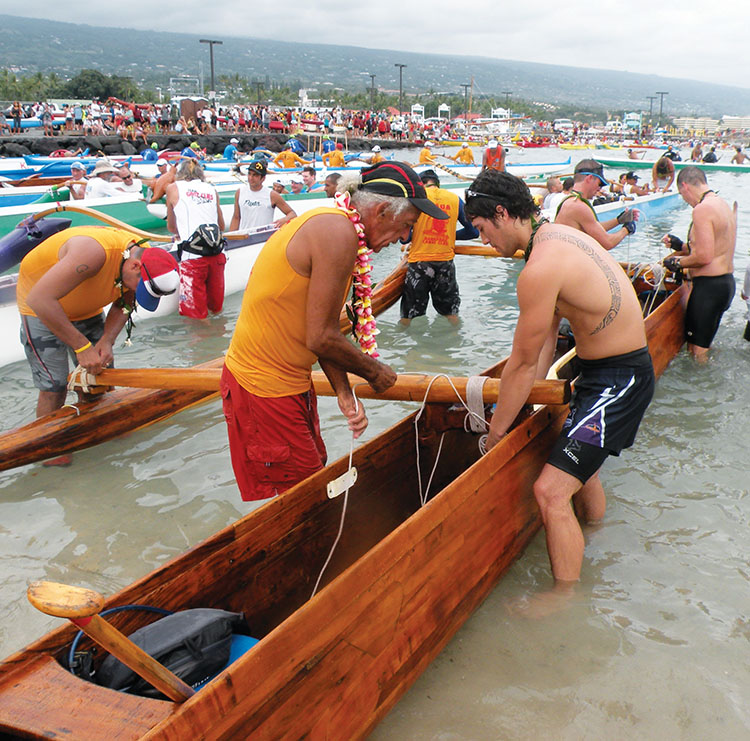
Modern outrigger racing could be said to have started in 1902, when Prince Kūhiō commissioned a koa canoe, the legendary A‘a, which was designed specifically for racing. A‘a won most of the races it entered for years until it began facing competitors designed like it. Later, Tahitian-influenced designs began to show up in local races. They were still built the traditional way, with koa-wood hulls painstakingly hollowed out, shaped, and smoothed by hand.
To get a sense of where the outrigger racing has come from, step into the concourse of King Kamehameha’s Kona Beach Hotel and look at the Mahoe on display. This canoe dominated the Queen Lili‘uokalani and other long-distance races in the late 1970s and the 1980s.
Built from a single Hawaiian koa log by an expert Tahitian crew for the Kai ‘Opua Canoe Club, the hull of the Mahoe is leaner than its fishing canoe ancestors. Yet the canoe is recognizable despite the leaner hull. A kanaka maoli (native Hawaiian) from 1000 years ago would have recognized it easily: the hand-lashed outrigger, the sleek graceful lines, the carefully hand-smoothed dugout hull that took countless man-hours to shape and polish.
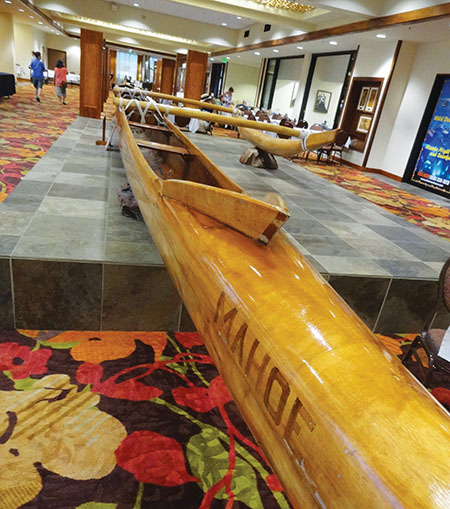
Like a streamlined racecar, the Mahoe exudes power and grace; even sitting on its concrete pedestal, it gives the sense of wanting to MOVE.
It also exudes history and tradition. From the graceful, uplifted prow to the little stubby tail of wood under the stern, Mahoe’s form evolved over hundreds of generations.
Veteran paddlers treat their canoes like “an ancestral member of the family,” notes Rafael. “Some of them have already been through three or four of our generations [of paddlers]. And before that, it was a tree.”
In the decades since the Mahoe first graced Kona waters, modern fiberglass and composite hulls have come to dominate the sport. Outside the hotel on the white sand beside Kailua Pier, the Kai ‘Opua and Kai ‘Ehitu canoe clubs keep dozens of examples of this new breed of racer, which is a little lighter and more svelte than even than the Mahoe. Yet, not much lighter, not much skinnier. They’re still essentially the same form in a different medium. The proliferation of fiberglass canoes probably has more to do with its ability to be mass-produced given the rapid expansion of the sport and the scarcity of big koa trees than with the superiority of the material. That point was hammered home in last year’s Queen Lili‘uokalani race, when the canoe with the best overall time was made from koa.
“Koa is not a lot heavier,” notes race director Mike Atwood of Kai ‘Opua, which sponsors the event. Modern koa and fiberglass racing canoes, he says, are both usually about 400 to 410 pounds.
And the paddlers have evolved, too. Mike estimates that about 40 percent of the participants live in Hawai‘i. The rest of the crews come from as far away as California, Florida, Guam, Tahiti, New Zealand, Singapore, Australia, and Japan. One winning women’s crew in recent years traveled all the way from Calgary, Canada. Paddling, like surfing, has become a truly international sport. This race, notes Mike, especially honors “the fact that this is a Hawaiian sport and so deeply rooted in cultural traditions.”
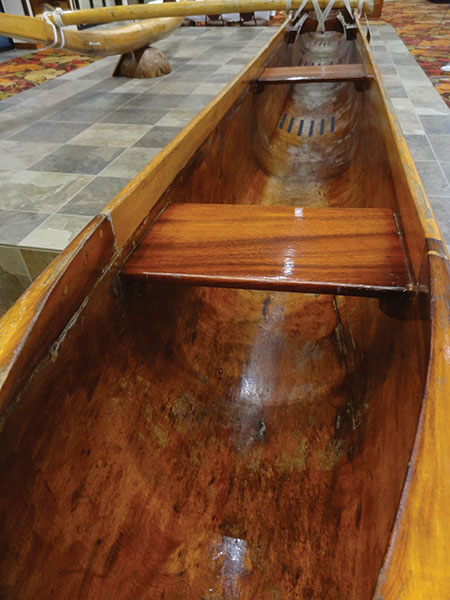
After all, the two starting/finishing points of the main race are across from two of Hawai‘i’s most sacred spots: Kamakahonu, Kamehameha the Great’s final residence; and Pu‘uhonua o Hōnaunau, the sacred heiau where defeated warriors and others sought refuge in time of war. Keoua Honaunau Canoe Club, headed by Rafael, produces a pamphlet on the sacred site and its protocols that each race team receives on arrival. When the paddlers arrive at Hōnaunau, they’re greeted with a traditional welcoming ceremony.
“You understand that Hōnaunau is a sacred place. So many of our kūpuna (ancestors) family, friends—their ashes are spread in that place,” says Rafael. “With all that mana—this is a resting place; when people come for a race, you have to have a welcoming ceremony to set the tone.”
In Kailua-Kona race participants and spectators also get exposed to cultural activities, ranging from history walks and a lū‘au to some traditional makahiki games incorporated into the Ali‘i Challenge.
“It’s surprising how many people take the time to research what else is involved in Hawaiian culture,” notes Mike.
And the participants have evolved in another way: they’re more diverse than ever before. This is one sport that welcomes whole families, with racing categories for teens, adults, and seniors in both genders (though there’s not yet a category in the Lili‘uokalani races for women over 65—a gap that Rafael’s wife, Ana, wants closed).
On practice days at Kailua Bay, scores of keiki, some as young as seven years old, take to the water to paddle under the watchful eyes of Mike and Larry “Uncle Bo” Campos. Keoua Honaunau Canoe Club started as an activity of a local Hawaiian immersion school. Those kids are growing up with the sport, becoming superb adult paddlers, and it’s showing at the finish line.

“In those days, forty strokes was the most we could do,” recalls one original member of the Kai ‘Opua Canoe Club, describing the club’s early years in the 1930s.
Until recently, most participants in the long-distance race used nine-member crews for their boats, which accommodate only six paddlers at a time; the three replacements would go ahead in a chase boat, then swim to the canoes, and get in on one side as the paddlers they were replacing jumped out on the other. Now about 80 percent of the crews participate in the “Iron” category: the same six paddlers stay in the boat for the entire span of the 17.4-mile course.
That’s helping with what may be the greatest challenge that the race faces: how to cope with its own success. A hundred and fifty or more canoes crowding the harbor at Kailua-Kona is an incredible spectacle.
“When you’re at the starting line and you look to your left and look to your right, it reaches to infinity,” remarked one Canadian woman paddler in awe last year.
Down at little Hōnaunau Bay, which already hosts a thousand or more tourists a day, all those canoes can be downright overwhelming. A six-man racing canoe is usually 45 feet long—about the length of a humpback whale. To those 150 whales, add scores of support and pleasure boats, and 1800 or more swimmers as the female crews trade places with their men, and you’ve got a major management challenge, especially when most of the bay is lined with delicate coral, and there’s only one decent spot besides the boat ramp where swimmers can get out of the water: a pair of basalt shelves nicknamed “Two Step” that can comfortably handle only a couple of people at a time.
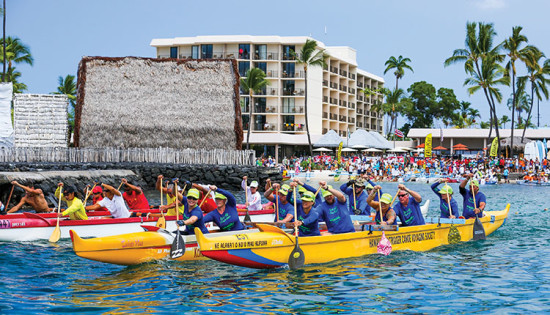
The trend toward iron crews has helped, since there are now far fewer support boats. So has moving the starting line out to a buoy and using staggered starts for different categories. Kai ‘Opua has rented boats that anchor offshore as changing stations, so some male and female crews can switch without swimming to or from the shore. Buses help cut down the number of rental cars shuttling between Hōnaunau and Kailua-Kona and the problem of getting hundreds of car keys from male crew to female crew.
And grounding the race with the welcoming ceremony helps, too, believes Rafael. When people are aware of the spiritual power of the place—its mana—they generally treat it with proper respect. Rafael notes, for instance, that there’s seldom any remaining litter at the event because people make sure to clean up after themselves.
Uncle Bo, who’s been paddling outriggers since he was seven years old, goes one step further. One big draw of the Queen Lili‘uokalani event itself, he believes, is “that you’re coming to a beautiful and spiritual race.”
And it may not be just this one race. Outrigger paddlers often talk about a bond that develops between the canoe and the other paddlers that’s both physical and mystical.
“The thrill in general is that you get to go out in the ocean and just kind of feel the canoe glide, and you’re out there with the dolphins and the whales and can generally be in tune with nature,” believes Mike. “There are times when the ocean isn’t so friendly. Then you really have to rely on the people with you to be able to get back—when the wind gets choppy and the waves are rolling—when you’re really in sync, it seems effortless. People work as a unit rather than six individuals.”
Rafael also talks about that synchronicity—when canoe and paddlers, stroker and steersman put themselves aside and become a single being.
“It takes a lot of mental discipline. Your mind has to tell your body to just keep on doing it. Your body will be telling you, oh, this hurts, oh, I’m itchy, oh, I’m hot, it’s too fast…” he says. “You know that canoe is part of you. It will bring you back, but it won’t bring you back on its own. There’s that bond there. Everybody’s gotta do their part. Not everybody brings the same thing to the table, but once it’s on the table, we all share.” ❖
Learn more about the race: kaiopua.org
Contact writer Alan McNarie: amcnarie@yahoo.com
